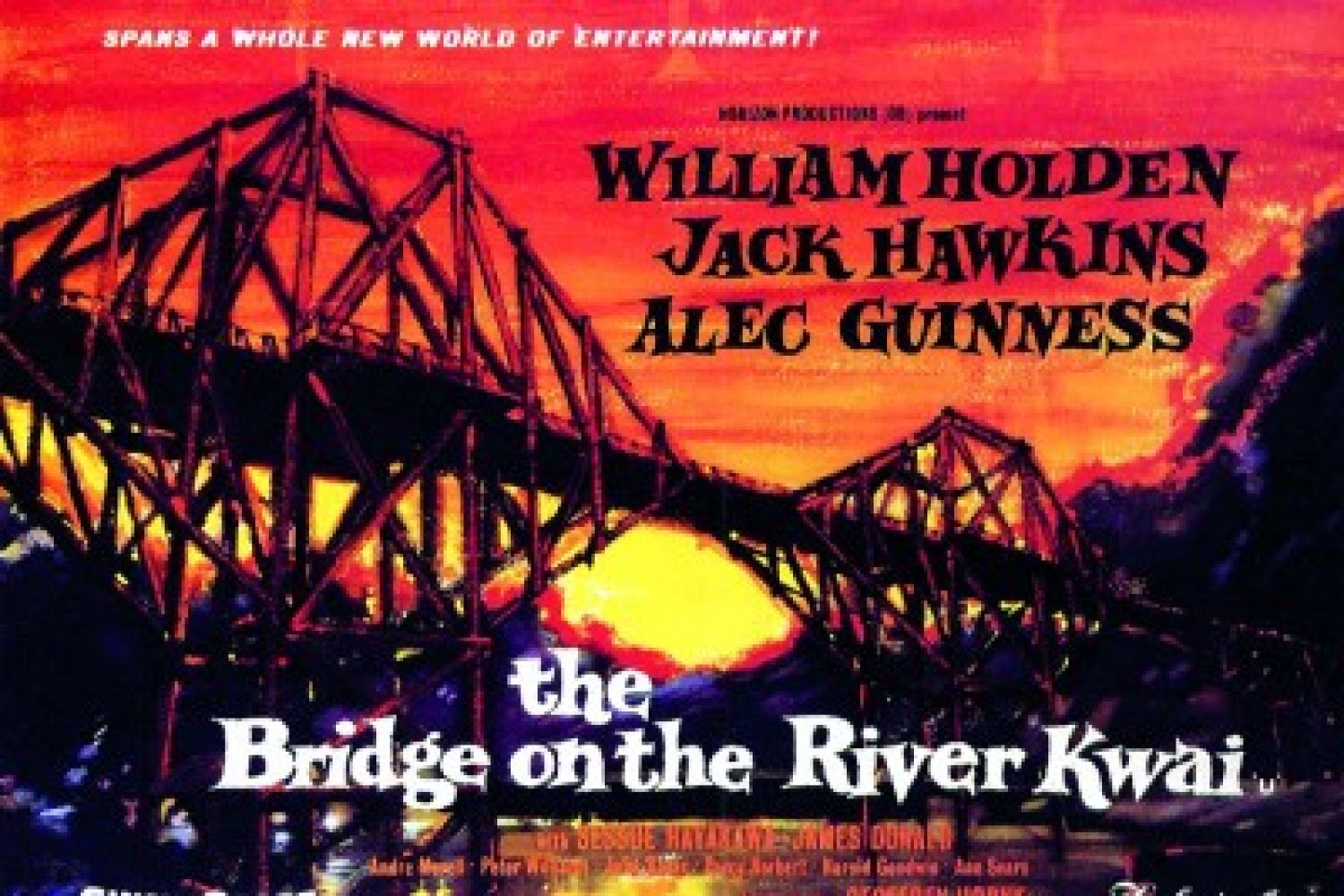
Red poppies in the sun are a wonderful sight. Starting in
July this year, the empty moat around the Tower of London has been slowly
filling with them. Made of ceramic, the flowers have been planted by volunteers
every day and the Last Post sounded every evening. The very last poppy—number
8,88,246 to mark the exact number of British and Commonwealth soldiers
lost—will be planted symbolically on Armistice Day, November 11, when one of the bloodiest conflicts ever came to an end in 1





